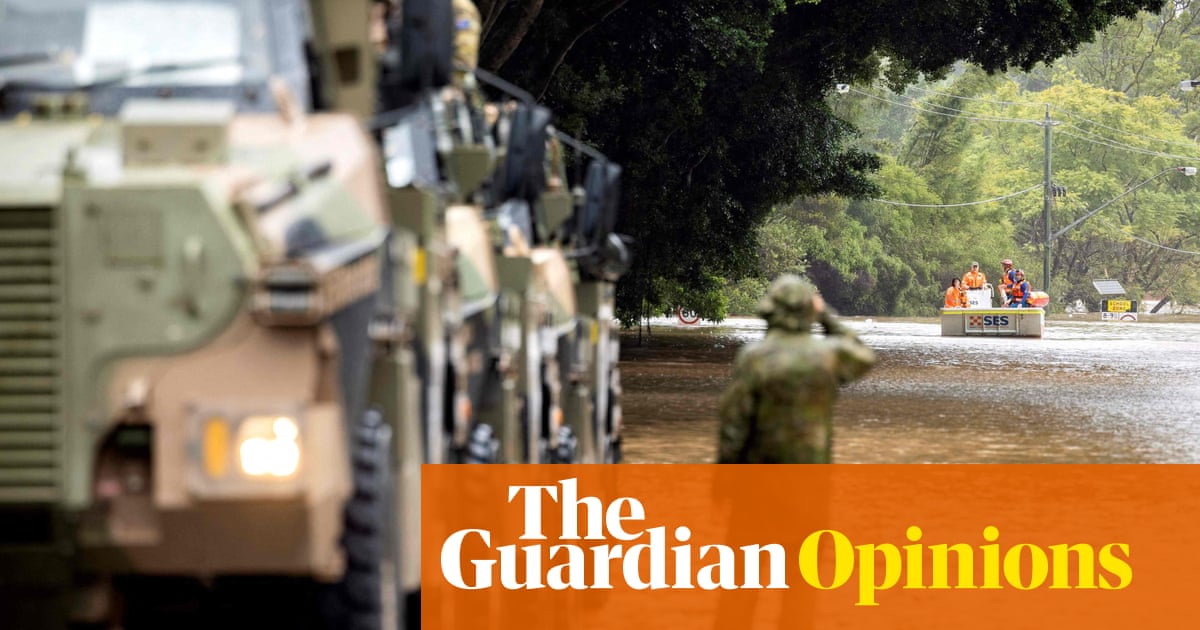This farming shortcut promised better harvests. It may be hurting the soil instead. » Yale Climate Connections

When someone asks farmer Naiku Gaikwad about soil pollution in his village, he points to an abandoned 40-foot well filled with plastic.
“After harvesting their crops, farmers here toss hundreds of kilograms of plastic mulch into this well,” said the 69-year-old farmer from Jambhali village in Maharashtra, India.
Farmers started using plastic mulch in this village two decades ago because it provided short-term benefits like earlier harvests, increased water-use efficiency, higher yields, and reduced labor costs.
The mulch is a thin, flexible sheet, usually black- or silver-colored, that farmers spread over the soil like a blanket to suppress weeds, retain moisture, and regulate soil temperature.
Although farmers clear plastic mulch from fields after harvesting, complete removal is often impossible because the mulch tends to tear apart, leaving behind plastic residues. Repeated use leads to a substantial buildup of plastic debris in the soil. Through exposure to sunlight, changing weather conditions, and farming activities, these residues gradually break into microplastics, which are particles smaller than five millimeters.
As microplastics break down in soil, they release climate-warming gases like carbon dioxide and methane by altering soil chemistry and boosting microbial activity. This process contributes to climate change and also harms plants by reducing their ability to perform photosynthesis and absorb carbon dioxide from the atmosphere.
Globally, 4 million tons of plastic mulch are used yearly, with an annual increase of 5.6%, contributing to a buildup of microplastic pollution in soil. A 2016 analysis indicated that around 20 million hectares of agricultural land use plastic mulching.
A long-term study in China found that microplastic levels were 10 times higher in fields with plastic mulch after 32 years than in fields without it. Researchers also found that microplastics migrated to deeper soil layers, making their removal more difficult.
“The plastic pollution legacy will remain in soil for centuries,” the study authors warned.
Researchers have found that on average, contaminated soils contain over 6,000 plastic particles per kilogram. Agroplastics like mulch film are a significant source of plastic pollution, but plastic can also make its way into soils through regular applications of wastewater treatment sludge, which farmers often apply to fields as a fertilizer. Plastic particles migrate into wastewater sludge from everyday items like packaging, synthetic fibers from clothes, and personal care products that enter waterways. Wastewater treatment sludge adds an estimated 63,000–430,000 metric tons of microplastic annually to European agricultural soils alone.
Inorganic fertilizers, which are chemically manufactured nutrients used for boosting plant growth, are also direct sources of microplastic particles. Some have slow or controlled-release coatings, which release nutrients gradually and contain nonbiodegradable polymers that release microplastics into the soil as they degrade.
How microplastics contribute to climate change
Common plastics like polyethylene or polystyrene release methane and ethylene into the atmosphere when they’re fragmented by ultraviolet rays from the sun, explained Margherita Ferrante, a co-author of a review paper on climate change and environmental microplastics. Ferrante is a specialist in hygiene and preventive medicine and general pathology and a professor at the University of Catania in Italy. The methane can then react with other molecules in the atmosphere to form the heat-trapping gas carbon dioxide, Ferrante said.
Both traditional plastics and biodegradable bioplastics emit climate-warming gases, she added.
Usually, soil stores more carbon in a stable form than the amount stored by the atmosphere and vegetation. But soils can also emit carbon dioxide, a process called soil respiration, which occurs as microbes decompose the organic matter in soil and plant litter.
Without the influence of microplastics, soil doesn’t emit a significant amount of carbon dioxide. However, microplastics in the soil can trigger higher emissions by altering microbial activity and increasing the activity of certain soil enzymes.
A study found that soil containing low-density polyethylene or lightweight plastic, such as plastic bags, increased soil respiration by eight times. The plastic mulch used by farmers is made from polypropylene or polyethylene plastics.
Findings from a 2023 study indicate that when microplastics mix with soil, they modify soil structure, sometimes creating tiny gaps that loosen the soil. This improves air circulation, giving organisms in the soil more oxygen. This helps them break down organic matter faster, releasing more heat-trapping carbon dioxide.
Microplastics can change the soil in ways that backfire on farmers. Study co-author Jin-Yong Lee, a professor of hydrogeology and dean of the Office of Research Affairs at South Korea’s Kangwon National University, explained that microplastics in soil harm beneficial bacteria, change the soil chemistry, and disrupt the nutrient cycles, lowering the availability of nutrients for plants.
And in a study published in March 2025, scientists found that microplastics reduce plants’ and algae’s ability to perform photosynthesis by up to 12%.
Deteriorating crop health
In December 2024, Naiku Gaikwad grew 1,800 watermelon plants but couldn’t sell one as a pest infestation killed most of them within eight days. Instead of turning a profit, he lost money on the crop.
“We use plastic mulch to ensure the pathogens don’t reach the roots, and the crops need less water,” he explained.
He believed plastic mulch would protect the crops, but instead, it may have become counterproductive in ways he never imagined.
When Gaikwad inspected his soil, he discovered it was filled with tiny plastics, which he blamed for the loss of his crop.
“Since the soil lacks nutrients, my plants can’t fight pests effectively,” he said.
Farmers struggle amid a lack of regulations
While plastic mulching has skyrocketed, not everyone in Jambhali has adopted it. Farmer Ashwini Gaikwad (no relation to Naiku Gaikwad), 38, hasn’t used plastic mulching in two decades of farming.
“I always doubted whether they are effective over the long term, as I was worried about their impact on the soil,” she said.
Looking at her neighbors’ results, she feels relieved about her decision.
“I have done everything possible not to introduce plastics into the soil.”
But some farmers believe that using plastic mulch is a necessary trade-off. In those cases, Ferrante suggests using plant fibers or sheets made from natural biological materials. She warns that they should not be bioplastics, as those contain small polymers that may release micro- and nano-plastics over time.
Lee suggests improving waste management systems to prevent microplastics from entering the soil through filtration and recycling practices. And a growing body of research is exploring bioremediation, a natural way to manage microplastics in soil using microorganisms, fungi, and plants. Certain bacteria and fungi form biofilms that help break down microplastics, while plant roots and soil organisms assist in stabilizing or removing them.
Gea Oliveri Conti, associate professor of hygiene and public health at Italy’s University of Catania, said that EU regulations aim to prevent and reduce the impact of certain plastic products that are harmful to the environment and human health and promote a transition to a circular economy with sustainable business models.
But Conti suggests that more regulations are needed worldwide.
“An important tool to minimize climate change is to achieve complete management of plastic waste, increasing the prevention of microplastic dispersion, protecting planetary health, and addressing plastic pollution by preventing virgin plastic production,” she said.
With no regulations and mounting climate disasters, microplastics have become a hazard. Every month, Naiku Gaikwad watches helplessly as more plastic mulch clogs the well and his surroundings.
“The waste you see around has been here for 20 years,” he says with frustration. “One day, it won’t just be in the soil,” he added. “It will be in every corner of the world. And by then, it will be too late.”






